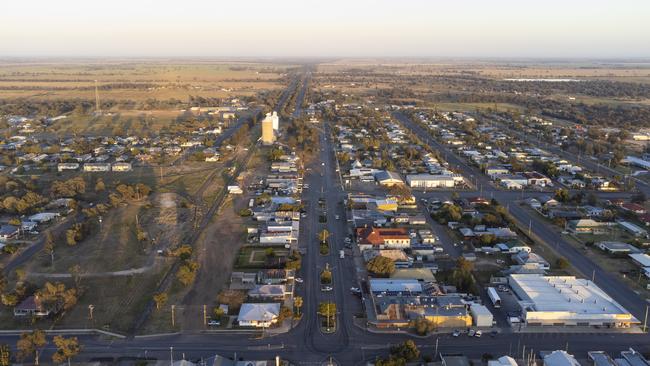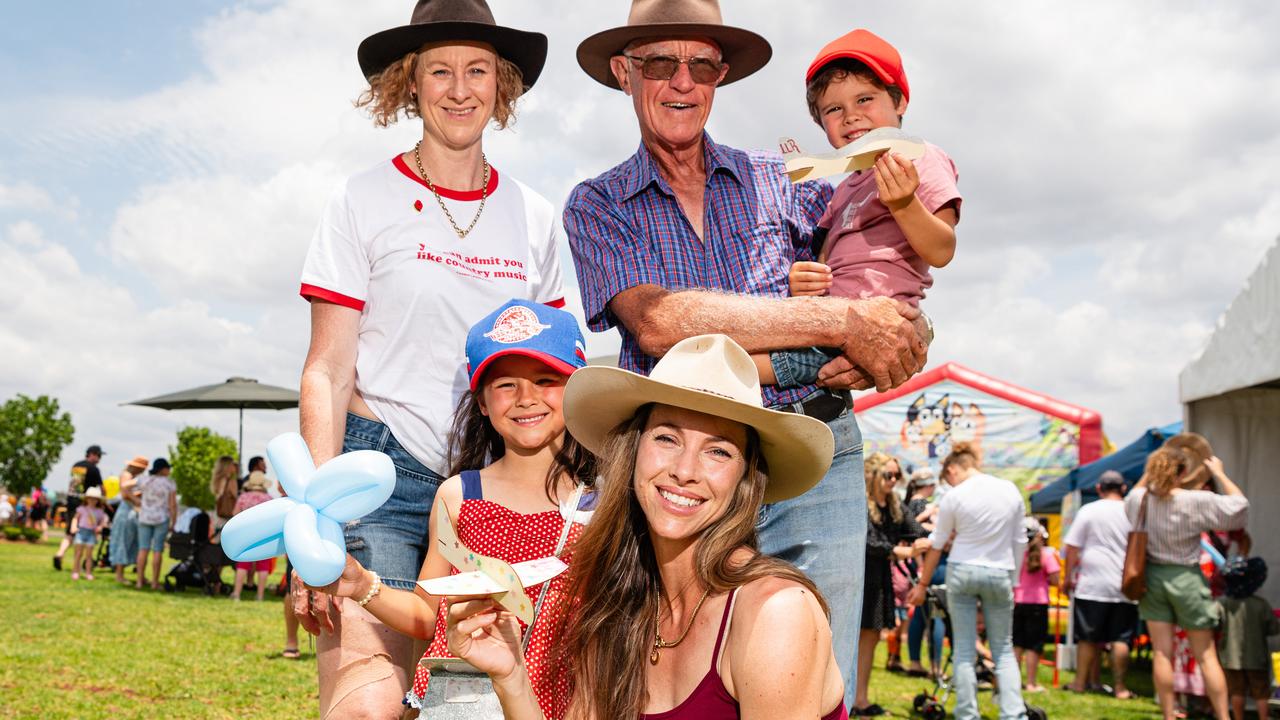Queensland towns, suburbs experiencing the largest decreases and increases in population
Many towns and suburbs across the state are slowly dying with their populations decreasing over the past decade despite more people migrating to Queensland. INTERACTIVE MAP

QLD News
Don't miss out on the headlines from QLD News. Followed categories will be added to My News.
Many Queensland towns and suburbs are slowly dying, with some witnessing population decreases in the thousands, despite the state’s overall population increasing by 740,000 over the past decade.
Experts say a combination of factors, including changes in the economy, hardship and young people moving to more populated centres and not returning, were leading to the slow death of some communities.
An analysis of Australian Bureau of Statistics data shows that the population of Mt Isa had declined by 2326 between 2014-2023, while the Central Highlands, which takes in the town of Emerald, had decreased by 1152.
The Western Downs community of Tara had seen its population decrease by 383, while Rockhampton’s suburbs of Range-Allenstown were down 505.
University of Queensland Associate Professor in human geography Elin Charles Edwards said birth, death and migration were the three main factors driving population decreases.
“A lot of those population shifts at somewhere like Mount Isa, which is a remote part of Australia and an industrial town, are actually going to be driven by what’s happening to the economy up there,” she said.
“So, the closure of mines, and other sorts of major industries will actually end up pushing people out.”
Assoc Prof Edwards said many rural towns were battling a long-term trend of younger people moving away for education, work or lifestyle, and not returning.
“And so that trend has been going on for decades, as young people move to more populated regions,” she said.
“And so that drives the loss, but also has a compounding effect, because as you lose young people, you also lose their reproductive potential, so they’re not staying around and having babies either.”
Many of Queensland’s largest population decreases were taking place in the state’s central and northern regions, and in once bustling mining communities.
Queensland urban geographer Dr Thomas Sigler said a lot of young people growing up in those areas were moving to cities like Townsville and Mackay for university and work.
“Oil and gas plus mining, especially since 2014, has tipped even further towards fly-in, fly-out work,” he said.
“A lot of people are choosing to live in more lifestyle orientated locations like the Sunshine Coast and Gold Coast instead of living in communities either driving out or flying out if and when they have work.”
Cr Andrew Smith, who is mayor of the Western Downs which takes in the town Tara, said the community had suffered through hardship in recent years.
“Over the past few years there has been a lot for Tara and some of our smaller communities in the Western Downs to withstand,” Cr Smith said.
“We’ve seen catastrophic flooding, the tragedy that unfolded at Wieambilla, and multiple bushfire emergencies.”
In response, Cr Smith said the council had launched the Western Downs Futures initiative, a 10-year project to boost standards of health, education, housing and law enforcement across the region.

“We are owning the hardships being faced in our community, and doing what it takes through our Western Downs Futures Group to initiate and implement legacy solutions to the challenges we face,” he said.
“As result, we’re starting to see people returning to our remote communities with a new sense of hope and pride.”
While many places have witnessed population decreases, some have boomed, with Ripley, Springlakes, Caloundra West and Coomera all growing by more than 10,000 people.
“The two things that are changing that I think are pretty interesting at the moment, is the growth in the Wide Bay Burnett,” Assoc Prof Edwards said.
“That’s really pretty significant shifts. So up in Maryborough, up to Harvey Bay, we’ve got a negative natural increase there.
“It’s historically been a pretty old population. It used to be a lot of retirees moving up there, but I think there’s now actually quite high levels of internal migration going on there, and I suspect a lot of that spill-over effect from the Sunshine Coast.”
“The other place, just a bit further up the coast is Agnes Waters which is also getting some growth from internal migration.
“So there seems to be a bit of a shift there, which I think’s sort of worth noting, because it is sort of a northern expansion to our population centre.”
Originally published as Queensland towns, suburbs experiencing the largest decreases and increases in population



